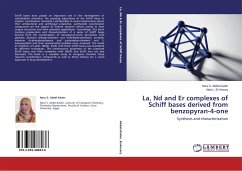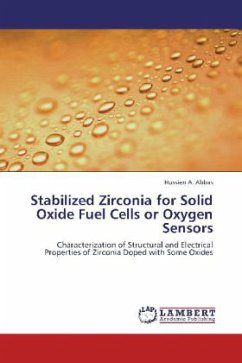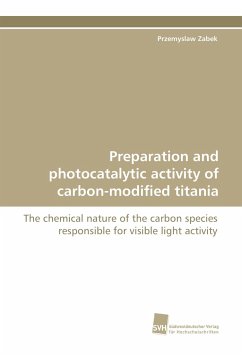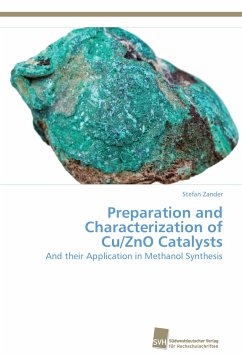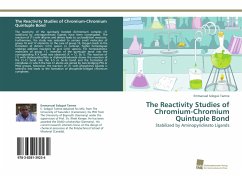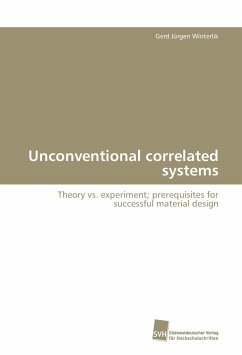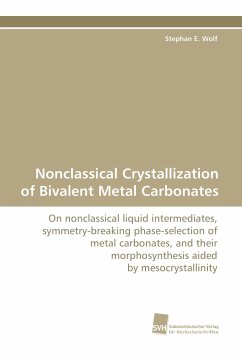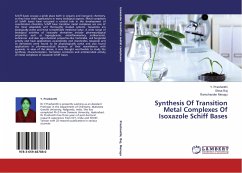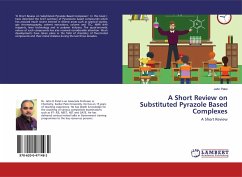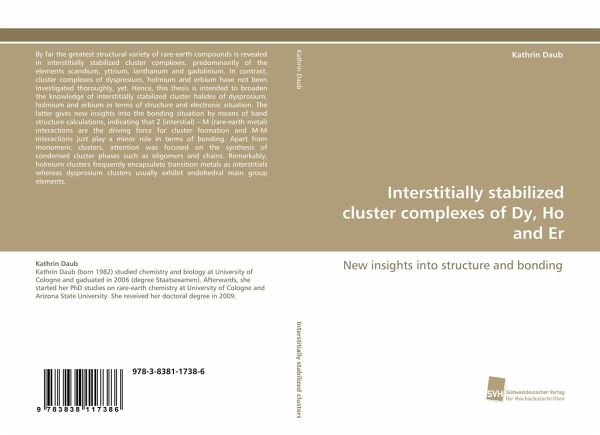
Interstitially stabilized cluster complexes of Dy, Ho and Er
New insights into structure and bonding
Versandkostenfrei!
Versandfertig in 6-10 Tagen
36,99 €
inkl. MwSt.

PAYBACK Punkte
18 °P sammeln!
By far the greatest structural variety of rare-earth compounds is revealed in interstitially stabilized cluster complexes, predominantly of the elements scandium, yttrium, lanthanum and gadolinium. In contrast, cluster complexes of dysprosium, holmium and erbium have not been investigated thoroughly, yet. Hence, this thesis is intended to broaden the knowledge of interstitially stabilized cluster halides of dysprosium, holmium and erbium in terms of structure and electronic situation. The latter gives new insights into the bonding situation by means of band structure calculations, indicating t...
By far the greatest structural variety of rare-earth compounds is revealed in interstitially stabilized cluster complexes, predominantly of the elements scandium, yttrium, lanthanum and gadolinium. In contrast, cluster complexes of dysprosium, holmium and erbium have not been investigated thoroughly, yet. Hence, this thesis is intended to broaden the knowledge of interstitially stabilized cluster halides of dysprosium, holmium and erbium in terms of structure and electronic situation. The latter gives new insights into the bonding situation by means of band structure calculations, indicating that Z (interstial) - M (rare-earth metal) interactions are the driving force for cluster formation and M-M interactions just play a minor role in terms of bonding. Apart from monomeric clusters, attention was focused on the synthesis of condensed cluster phases such as oligomers and chains. Remarkably, holmium clusters frequently encapsulate transition metals as interstitials whereas dysprosium clusters usually exhibit endohedral main group elements.



